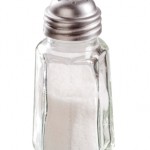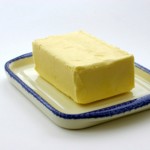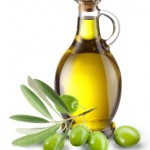A while back I mentioned the Nutrition Action Healthletter that the Center for Science in the Public Interest puts out. The April edition has a fascinating article titled "10 Common Food Goofs" written by CSPI's PhD house nutritionist, Bonnie Liebman. I knew some of the concepts she mentioned, but certainly not all of them and her specific examples are superb.
The main thrust is we need to read labels and read them carefully. Yet even if we do so the food industry with the "help" of the FDA frequently misleads us. One examples had to do with portion size. My wife, an extremely successful lifetime member of Weight Watchers (she's five foot nine and weighs 130 pounds), taught me this concept a while back. Her idea of an appropriate serving of meat is the size of a deck of cards.
I started from there and looked at what I ate. Twenty-six pounds ago my typical meat serving was 12-16 ounces, now it's six to eight ounces (I'm five foot eleven and now weigh 150 pounds). But Liebman takes the concept and moves it into areas I never thought my way through before.
One example is Fat Free Coffee-mate. Nestle's Original variety has a label that states it's free of cholesterol, lactose, gluten and trans fat and the Nutrition Facts label claims 10 calories, and zero cholesterol, sugar or salt.
There's a catch though and that's serving size. The FDA and the food manufacturers have decided to round down if you use just one absolutely level teaspoon as the serving size. That's not what most of us do when we use a coffee creamer.
If I do have a cup of coffee I almost always add a creamer and I don't measure out a level teaspoon. I usually don't pour the Coffee-mate, but I certainly use more than the "serving size." Liebman says if you drink a 12-ounce mug of coffee and pour in two tablespoons of Coffee-mate, you've actually added 50 calories and 1.6 grams of saturated fat, more calories and nearly as much saturated fat as if you'd added a similar amount of half and half.
There are nine other examples in her article, but the drift is the same. Serving sizes of a variety of foods, e.g., ice cream, aren't what the label may lead you to think. Contents may include only tiny amounts of what the label raves about (added fruits and veggies) or may have added vitamins that are best obtained from foods, e.g., not from expensive water that also contains added sugar and therefore calories.
On the other hand there are code words, "natural" and "made with real fruit" are two that Leibman mentions. We either don't know the code or need a magnifying glass to read the micro-print that explains it. The word "Natural," except for meats and poultry, is one of the vaguest terms in advertising. And Organic doesn't mean calorie-free.
Bottom line: read labels with extreme care. Better still, stick to unprocessed foods without labels.

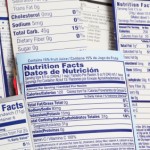




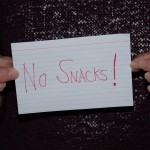
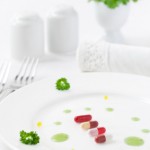
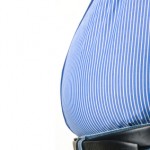
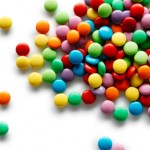
![iStock_000005888071XSmall[1]](http://peterdspringbergmdfacp.com/blog/wp-content/uploads/2011/03/iStock_000005888071XSmall1-150x150.jpg)

